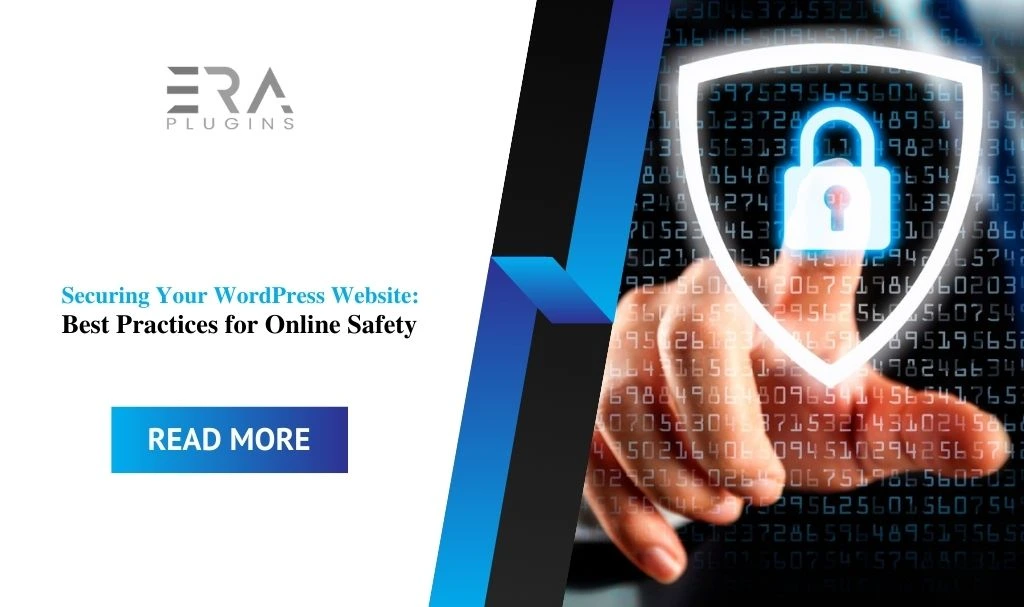Security is a top priority for any WordPress website owner. Protecting your site from threats and vulnerabilities is essential. Here are best practices to enhance the security of your WordPress website:
- Keep WordPress Updated: Regularly update both WordPress core and plugins to ensure you have the latest security patches.
- Use Strong Passwords: Choose complex passwords that include a mix of uppercase, lowercase, numbers, and special characters. Avoid common phrases or easily guessable information.
- Limit Login Attempts: Install a plugin that restricts the number of login attempts, preventing brute-force attacks.
- Two-Factor Authentication (2FA): Enable 2FA to add an extra layer of security by requiring a second form of verification to log in.
- Secure Hosting: Choose a reputable hosting provider that prioritizes security and offers features like firewalls and malware scanning.
- SSL Certificate: Install an SSL certificate to encrypt data transferred between your site and visitors’ browsers. This is particularly important for e-commerce sites.
- Regular Backups: Backup your site regularly to a remote location. This ensures you can restore your site in case of a security breach or data loss.
- Security Plugins: Install a security plugin that offers features like malware scanning, firewall protection, and login lockdown.
- Update Themes and Plugins: Keep themes and plugins up to date to prevent vulnerabilities in outdated versions.
- File Permissions: Set appropriate file permissions to restrict unauthorized access to your site’s files and directories.
- Database Security: Change your database table prefix from the default “wp_” to a unique prefix to prevent SQL injection attacks.
- Disable Directory Listing: Prevent directory browsing by disabling directory listing through the .htaccess file.
- Protect wp-config.php: Move the wp-config.php file to a directory outside the web root or use server configurations to deny access.
- Disable XML-RPC: XML-RPC can be exploited for DDoS attacks. Disable it unless you need it for specific purposes.
- Content Security Policy (CSP): Implement CSP to mitigate the risk of cross-site scripting (XSS) attacks by specifying which sources of content are allowed.
- Regular Security Audits: Periodically conduct security audits to identify vulnerabilities and address potential risks.
- User Roles and Permissions: Assign appropriate roles and permissions to users. Avoid giving unnecessary administrative access.
- Hide WordPress Version: Remove the version number from your site’s source code to avoid revealing potential vulnerabilities.
By implementing these security practices, you can minimize the risk of security breaches and keep your WordPress website and its users safe





